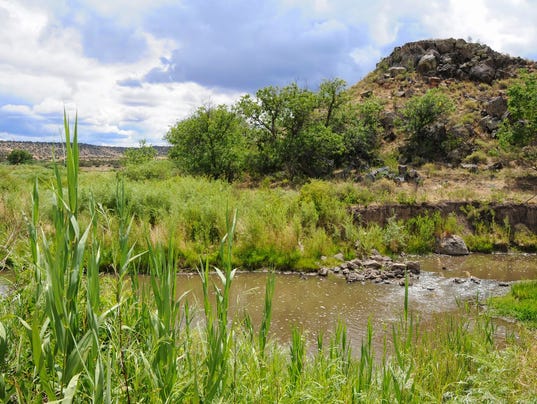 [Source: Arizona Republic, February 29, 2016] –Wildlife’s political life seems to have come full circle since 1990 when by a 2-to-1 margin Arizona’s voters gave us the Heritage Fund, $20 million from the Lottery to be spent solely for Arizona’s parks and wildlife.
[Source: Arizona Republic, February 29, 2016] –Wildlife’s political life seems to have come full circle since 1990 when by a 2-to-1 margin Arizona’s voters gave us the Heritage Fund, $20 million from the Lottery to be spent solely for Arizona’s parks and wildlife.
Half of the money was given in public trust to the Arizona State Parks Board, to support and manage Arizona’s park system. This money was taken by the Legislature in 2010 for budget balancing.
SERIES: Arizonans love state parks, lawmakers don’t
The other half of this money was given by the people to the Arizona Game and Fish Commission, again in public trust, to administer on behalf of Arizona’s wildlife. Twenty-four percent of this money was dedicated exclusively for acquisition of habitat for the benefit and conservation of sensitive wildlife species. Over the past 25 years, Game and Fish commissioners battled hard to protect those funds, especially the Acquisition Fund.
All past commissions believed that these funds — they amount to about $2.4 million a year — needed to be protected at all cost. After all, this fund was one of the crown jewels of the Heritage Voter Initiative. In the state parks half, there was $1.8 million available for such wonders as Kartchner Caverns, the San Rafael Ranch and the Sonoita Creek Natural Area. Such purchases are no longer possible following the legislative sweep.
RELATED: Parks experiencing record visitors
The acquisitions of Sipes White Mountain Ranch, White Water Draw, Wenima and other similar properties resulted from careful spending of Game and Fish’s funds. Now, sadly, those funds are in serious jeopardy.
In this legislative session, the commission has proposed Senate Bill 1361, which would deplete the acquisition fund by up to 50 percent to pay for operations and maintenance of the 16 properties it has acquired. Yes, operations and maintenance are important when you buy property, but it takes a good, full public process — not a legislative sweep — to help solve that problem.
In 2014, the commission made a good start by appointing the Heritage Working Group to study and make recommendations for these solutions. This group studied for months. It made recommendations, lengthy ones, which are now either being misrepresented or ignored altogether.
Among other things, the group recommended that 5 percent of the acquisition fund could be moved (with more public input) to the greater part of the Heritage Fund where operations and maintenance are in statute already. That’s 5 percent, not 50 percent, and with more public process.
MORE: Top 10 state and national parks in Arizona
After all, this is not the commission’s money — it is the people’s money. The voters created this fund and directed the commission, as public trustees, to spend it in a specific manner.
Is this concept important anymore? It is now up to the people to speak up and stop this latest – the 40th, we think – raid of the Heritage Fund. If you value the Heritage Fund and its importance to Arizona’s wildlife, please make your voices heard as the bill, now in the Senate, moves through the Legislature.
Bill McLean, Beth Woodin, and Bob Hernbrode are former members of the Arizona Game and Fish Commission. Woodin is the president of the Board of the Arizona Heritage Alliance, and Hernbrode is vice president of the Tucson Audubon Board and a biologist. (Photo: Mare Czinar/Special for The Republic)



